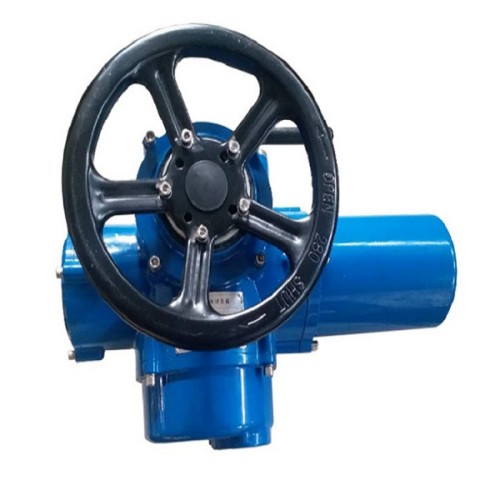wafer type butterfly valve
Understanding Wafer Type Butterfly Valves A Comprehensive Overview
Butterfly valves are essential components in various industrial applications, primarily for regulating and isolating fluid flow. Among these, the wafer type butterfly valve stands out due to its unique design and advantages. This article delves into the specifics of wafer type butterfly valves, exploring their construction, operating principles, benefits, and common applications.
Construction and Design
Wafer type butterfly valves are characterized by their compact and lightweight design. Unlike conventional butterfly valves that feature flanges on both sides, wafer type valves are sandwiched between two flanges of a pipe. This design minimizes space requirements and reduces weight, allowing for easier installation in tight spaces.
The primary components of a wafer type butterfly valve include
1. Body Typically made from cast iron, stainless steel, or PVC, the body houses all other components. The material used often depends on the application and the nature of the fluid being controlled.
2. Disc The disc is the rotating component that regulates flow. When the valve is closed, the disc is perpendicular to the flow, blocking it; when opened, the disc rotates parallel to the flow, allowing it to pass through.
3. Stem The stem connects the disc to the actuator or handle. It transfers the rotational movement from the actuator to the disc, facilitating the opening and closing of the valve.
4. Seals Wafer type butterfly valves utilize elastomeric seals or seat materials to prevent leaks when the valve is closed. These materials ensure a tight seal, which is crucial for maintaining system integrity.
Operating Principles
The operation of the wafer type butterfly valve is straightforward. It can be operated manually via a lever or automatically using a pneumatic or electric actuator. When the valve is turned, the stem rotates the disc. The angle of rotation determines the flow rate a full 90-degree rotation allows maximum flow, while partial rotations facilitate flow regulation.
One of the remarkable features of wafer type butterfly valves is their ability to achieve quick shut-off. This characteristic is particularly advantageous in applications that require rapid isolation of flow to prevent spills or damage to equipment.
Benefits
wafer type butterfly valve

1. Space-Saving Design Due to their wafer-style construction, these valves can fit into systems where space is a constraint, which is a common challenge in many industrial settings.
2. Lightweight The lighter construction aids in easier handling and installation, reducing labor costs and time.
3. Cost-Effective Wafer type butterfly valves are generally less expensive than flanged valves, making them an economical choice for various applications.
4. Versatility They can be used in diverse applications and industries, from water treatment plants and chemical processing to HVAC systems and food production.
5. Ease of Maintenance These valves are relatively easy to maintain; in many cases, the entire valve can be removed and serviced without disturbing the entire piping system.
Common Applications
Wafer type butterfly valves are used across multiple industries due to their efficiency and reliability
- Water and Wastewater Treatment They help in flow regulation and isolation in treatment plants to ensure processes run smoothly.
- Chemical Processing Their ability to handle corrosive materials makes them suitable for various chemical applications.
- Food and Beverage The sanitary design of certain wafer type valves supports hygiene standards in food processing environments.
- HVAC Systems Their quick operation aids in regulating air flow and temperature control in heating, ventilation, and air conditioning applications.
Conclusion
In summary, wafer type butterfly valves present a robust solution for fluid control in various industries. Their lightweight and compact design, combined with ease of maintenance and cost-effectiveness, make them a favored choice for engineers and plant managers alike. Understanding their functionality and applications can help industries optimize their workflows and maintain efficiency in fluid management. As technology advances, these valves will likely continue to adapt and evolve, reinforcing their position as a vital component in fluid control systems.
-
The Key to Fluid Control: Exploring the Advantages of Ball Valves in Industrial SystemsNewsJul.09,2025
-
The Versatile World of 1, 2, and 3 Piece Ball ValvesNewsJul.09,2025
-
Stainless Steel Ball Valves: The Ideal Choice for Efficient Flow ControlNewsJul.09,2025
-
Optimizing Fluid Control with Ball Float ValvesNewsJul.09,2025
-
Manual Gate Valves: Essential for Control and EfficiencyNewsJul.09,2025
-
Everything You Need to Know About Butterfly ValvesNewsJul.09,2025
-
The Versatility of Wafer Type Butterfly ValvesNewsJul.08,2025




